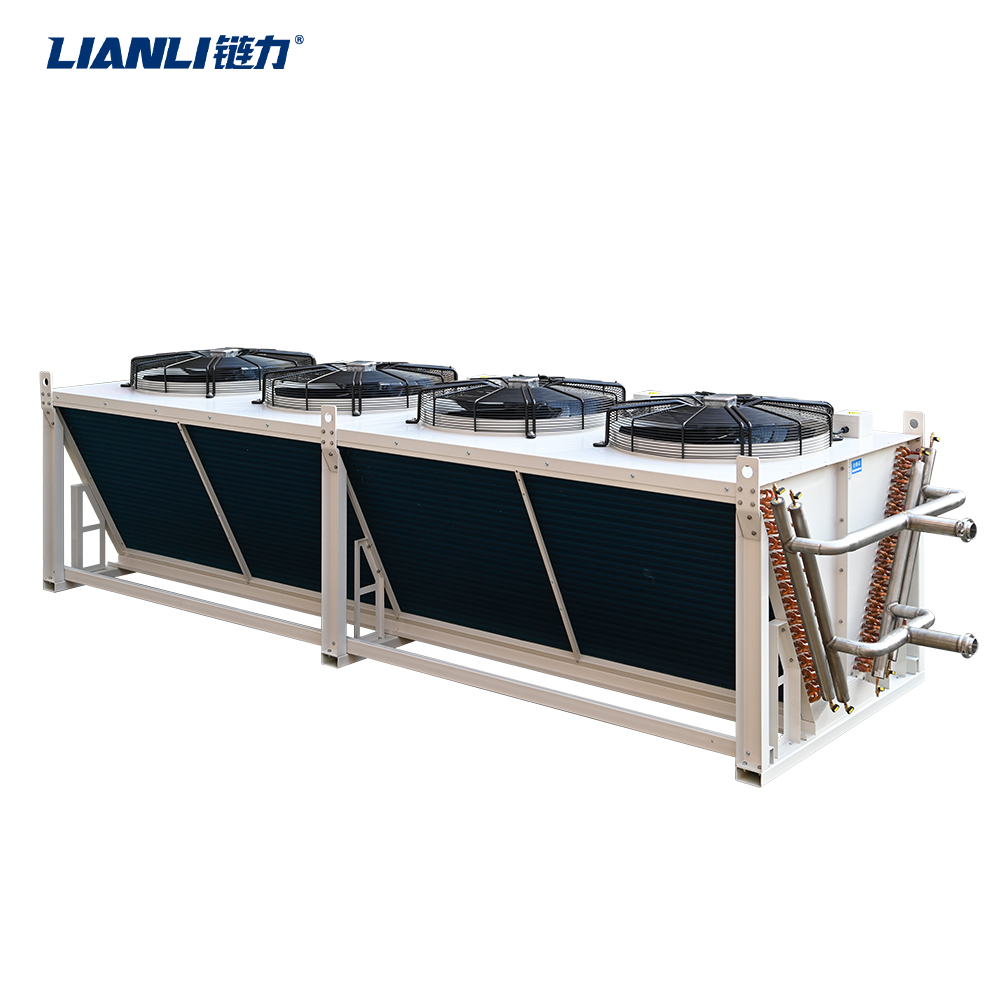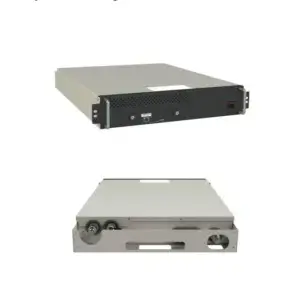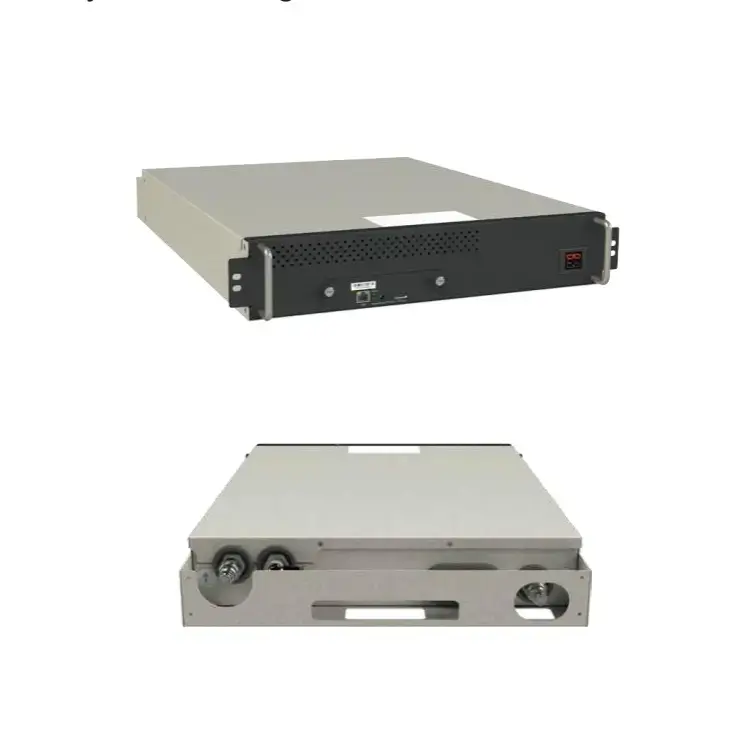Miner S21 Hyd.+: Why Water Cooling Is Essential .for Mining Hardware Cooling Performance
In the world of cryptocurrency mining, efficiency and performance are critical to maintaining profitability and competitiveness. As mining hardware becomes more powerful, it also generates more heat, which can lead to decreased performance, hardware failure, and increased energy consumption. One of the most effective ways to manage this heat is through water cooling technology. The
Miner S21 Hyd.+ is a prime example of how water cooling can significantly enhance mining hardware cooling performance.
What Makes the Miner S21 Hyd.+ Stand Out?
The
Miner S21 Hyd.+ is an advanced water-cooled mining solution designed to optimize thermal management in mining operations. Unlike traditional air-cooled systems that rely on fans and heatsinks, the
Miner S21 Hyd.+ uses a liquid cooling system to transfer heat away from critical components more efficiently. This allows the miner to operate at lower temperatures, which in turn improves performance and longevity.
One of the key advantages of the
Miner S21 Hyd.+ is its ability to maintain consistent performance even under heavy workloads. By keeping the hardware at optimal temperatures, the miner can avoid thermal throttling, which is a common issue with air-cooled systems. This means that miners using the
Miner S21 Hyd.+ can expect more stable and reliable hash rates.
The Science Behind Water Cooling in Mining Hardware
Water cooling works by circulating coolant through a closed-loop system that absorbs heat from the mining hardware. This heat is then dissipated through a radiator, which is typically equipped with fans to enhance heat exchange. Compared to air cooling, water cooling is far more efficient at transferring heat due to the higher thermal conductivity of water.
The
Miner S21 Hyd.+ utilizes this principle to provide superior cooling performance. With its advanced thermal management system, the miner can operate at lower temperatures, which reduces the risk of overheating and hardware failure. Additionally, water cooling helps reduce noise levels, as the system does not rely on high-speed fans to maintain optimal temperatures.
Energy Efficiency and Cost Savings
Another major benefit of using the
Miner S21 Hyd.+ is improved energy efficiency. Traditional air-cooled mining rigs often require additional cooling infrastructure, such as industrial fans or air conditioning units, to manage ambient temperatures in mining facilities. These systems consume a significant amount of electricity, which can cut into mining profits.
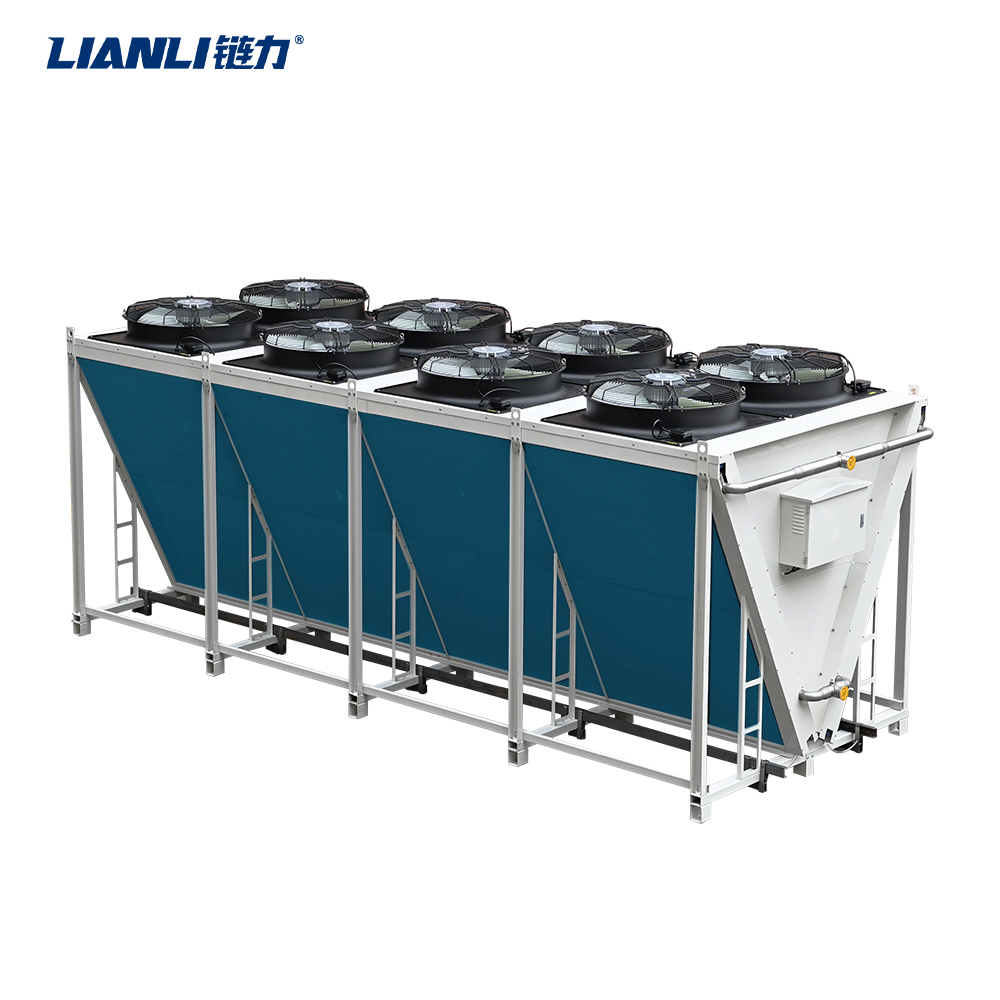
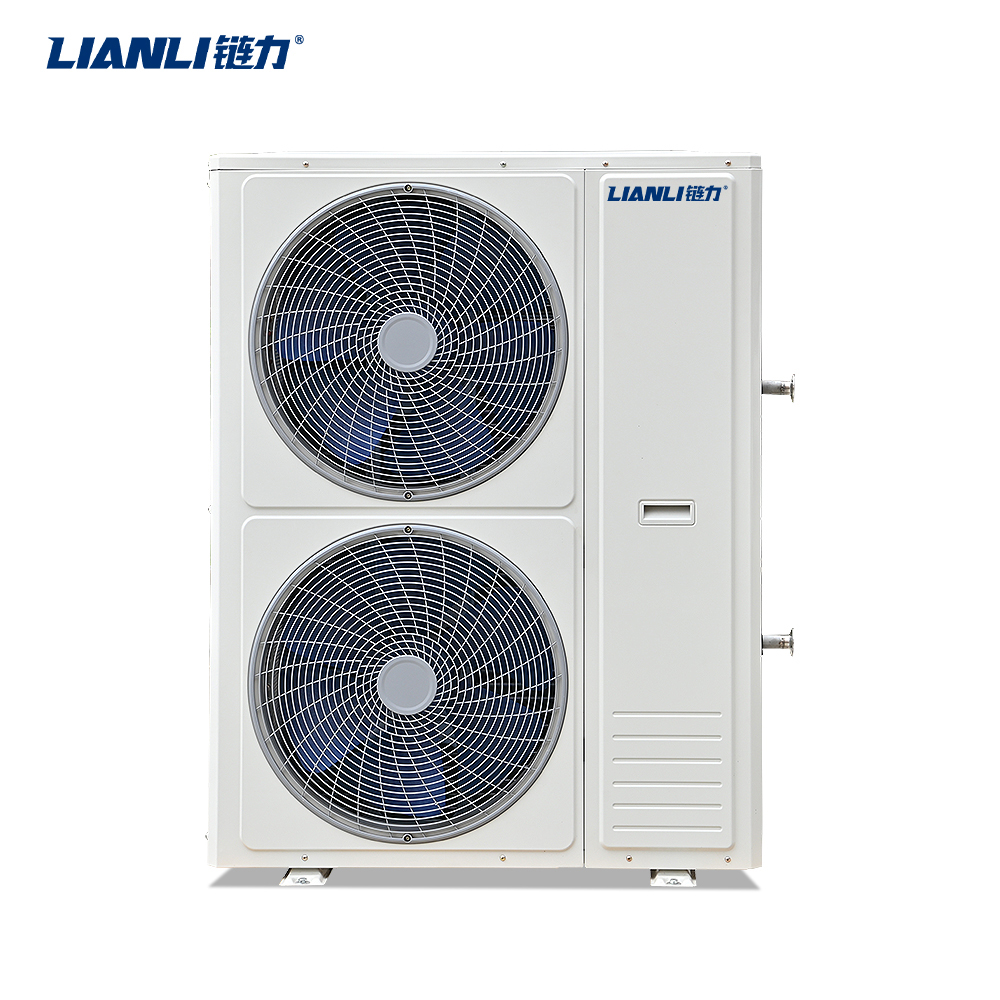
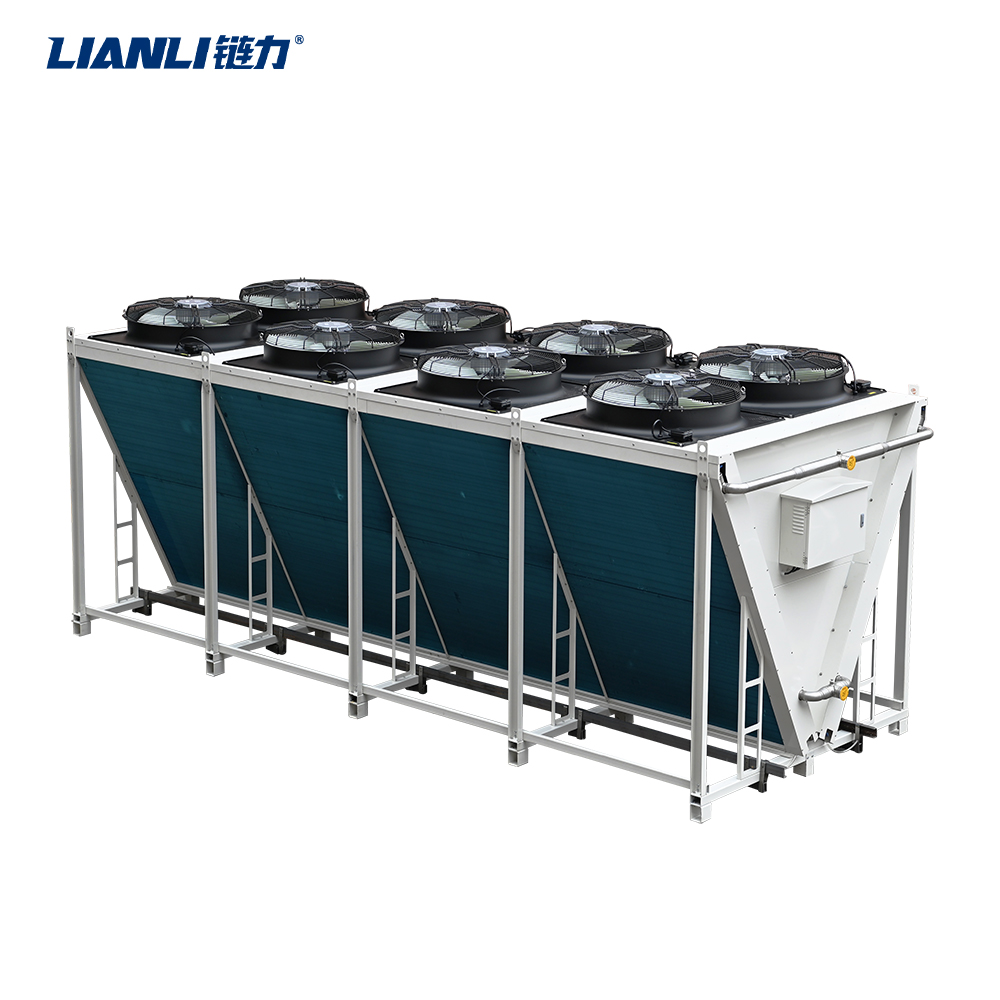
By contrast, the
Miner S21 Hyd.+ requires minimal external cooling, as the water cooling system handles most of the thermal load. This results in lower overall energy consumption and reduced operational costs. For large-scale mining operations, this can translate into substantial savings over time.
Environmental Benefits of Water Cooling
With growing concerns about the environmental impact of cryptocurrency mining, adopting more energy-efficient technologies is becoming increasingly important. The
Miner S21 Hyd.+ helps reduce the carbon footprint of mining operations by lowering energy consumption and heat output.
Water cooling also allows for more compact mining setups, as it eliminates the need for large cooling infrastructure. This makes it easier to deploy mining operations in urban or environmentally sensitive areas where space and energy usage are major considerations.
Conclusion: The Future of Mining Hardware Cooling
As mining hardware continues to evolve, so too must the methods used to cool it. The
Miner S21 Hyd.+ represents a significant step forward in cooling technology, offering superior thermal management, energy efficiency, and environmental sustainability. For miners looking to maximize performance and profitability while minimizing operational costs and environmental impact, the
Miner S21 Hyd.+ is a compelling solution.


 By contrast, the Miner S21 Hyd.+ requires minimal external cooling, as the water cooling system handles most of the thermal load. This results in lower overall energy consumption and reduced operational costs. For large-scale mining operations, this can translate into substantial savings over time.
By contrast, the Miner S21 Hyd.+ requires minimal external cooling, as the water cooling system handles most of the thermal load. This results in lower overall energy consumption and reduced operational costs. For large-scale mining operations, this can translate into substantial savings over time.
